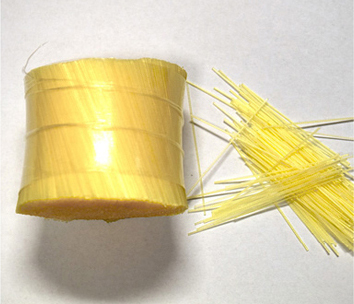Assessment of the crushing strength of concrete rings reinforced with synthetic fibers
1
Faculty of Civil Engineering, Rzeszow University of Technology, Poland
These authors had equal contribution to this work
Submission date: 2025-06-02
Final revision date: 2025-06-12
Acceptance date: 2025-06-12
Publication date: 2025-09-16
Corresponding author
Archives of Civil Engineering 2025;71(3):247-264
KEYWORDS
TOPICS
ABSTRACT
Abstract: Since the 1990s, the technology of fiber-reinforced concrete has undergone significant development, initiated by the publication of the comprehensive ACI 544 committee report. Standardized methods for measuring the key mechanical properties of fiber-reinforced concrete are outlined in EN 14651 and ASTM C1609, while material properties are specified in CEN/TS 19101. It is widely known that the addition of fibers improves the properties of concrete; however, their effectiveness depends on various factors such as material type (metallic and non-metallic fibers), shape (crimped and fibrillated fibers), dimensions (length, diameter and slenderness), fiber volume in the concrete mix, and even the consistency of the mix. The aim of the experimental studies was to assess the load-bearing capacity of concrete produced under industrial conditions, modified with various synthetic fibers at different dosages. The primary selection criterion for the fibers was to meet the residual strength requirements of the tested element with the lowest possible weight fraction of dispersed reinforcement. In addition to determining the residual strength of PFRC, the study also measured compressive strength, flexural tensile strength, and the modulus of elasticity. The obtained results and force-crack width relationships were used to validate the numerical model of a standard notched beam. This calibrated material model was then used to develop a finite element model (FEM) and to conduct a preliminary assessment of the load-bearing capacity of prefabricated FRC rings using the ATENA software.
We process personal data collected when visiting the website. The function of obtaining information about users and their behavior is carried out by voluntarily entered information in forms and saving cookies in end devices. Data, including cookies, are used to provide services, improve the user experience and to analyze the traffic in accordance with the Privacy policy. Data are also collected and processed by Google Analytics tool (more).
You can change cookies settings in your browser. Restricted use of cookies in the browser configuration may affect some functionalities of the website.
You can change cookies settings in your browser. Restricted use of cookies in the browser configuration may affect some functionalities of the website.




